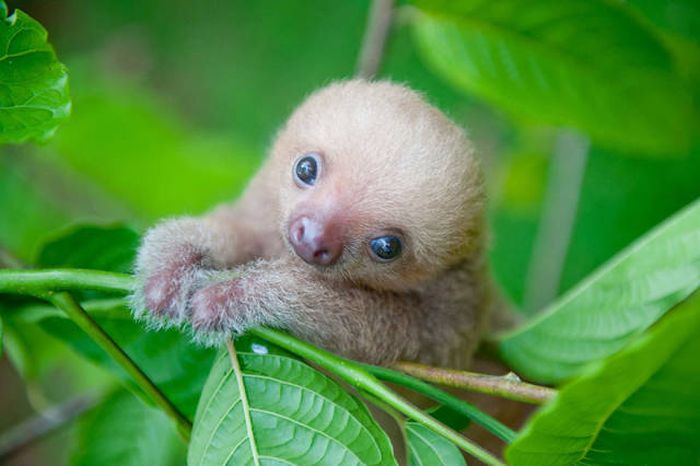|
|
Baby Sloth
|
Sloths are classified as folivores as the bulk of their diet consists mostly of buds, tender shoots, and leaves, mainly of Cecropia trees. Some two-toed sloths have been documented as eating insects, small reptiles and birds as a small supplement to their diet. Linnaeus's Two-toed Sloth has recently been documented eating human faeces from open latrines. They have made extraordinary adaptations to an arboreal browsing lifestyle. Leaves, their main food source, provide very little energy or nutrition and do not digest easily. Sloths therefore have very large, specialized, slow-acting stomachs with multiple compartments in which symbiotic bacteria break down the tough leaves. As much as two-thirds of a well-fed sloth's body-weight consists of the contents of its stomach, and the digestive process can take a month or more to complete.
Even so, leaves provide little energy, and sloths deal with this by a range of economy measures: they have very low metabolic rates (less than half of that expected for a mammal of their size), and maintain low body temperatures when active (30 °C (86 °F) to 34 °C (93 °F)), and still lower temperatures when resting.
Although unable to survive outside the tropical rainforests of South and Central America, within that environment sloths are outstandingly successful creatures: they can account for as much as half the total energy consumption and two-thirds of the total terrestrial mammalian biomass in some areas. Of the six living species, only one, the Maned Three-toed Sloth (Bradypus torquatus), has a classification of "endangered" at present. The ongoing destruction of South America's forests, however, may soon prove a threat to other sloth species.
|
|









